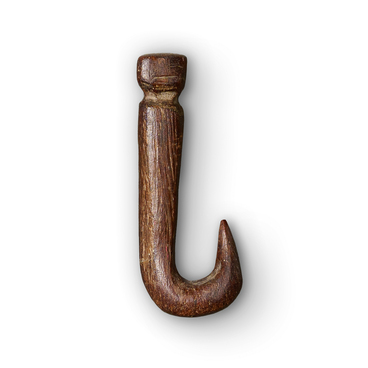The most characteristic bladed weapon used by the population of the Don–Donetsk forest-steppe during the second half of the 8th to the beginning of the 10th century was the saber. Its main distinguishing feature from the sword was its ability to deliver a cutting or slashing blow. Researchers date the appearance of the saber in Eastern Europe to the 7th and 8th centuries, with widespread use beginning at a later period.
Sabers had a blade sharpened on one side. However, to allow the ability to wound the opponent with a stabbing blow or during the return movement of the arm after a strike, masters made a double-edged tip. This light weapon was highly convenient for use in mounted combat, which is why the Russian army during the 10th and 11th centuries, adopting techniques of combat on horseback, gradually shifted to using sabers. The new weapon spread as far north as Novgorod, although it did not become widely popular there.
In general, relatively high blacksmithing skills were required to make sabers, so they were of significant value. Occasionally, sabers were also placed in burials. Often, in cremation ceremonies, swords were ritualistically “killed” by bending. Archaeologists have discovered sabers and their fragments in graves alongside other weapons, for instance, axes, spearheads, ball-and-chain flails and archer’s ammunition items (bow-reinforcing plates, quiver parts, arrowheads). Horse harness parts, such as tackles, stirrups and bits, can also be found in mounds. Bladed weapons have been identified not only in graves with expensive goods but also in those of ordinary soldiers, indicating that they were common among both elite and ordinary soldiers.
Saber weapons were almost universally used by nomadic warriors in the early Middle Ages. When the Polovtsian people arrived in the lands bordering Russian principalities, they were already equipped with sabers. These weapons were typically of a crude design, differing from those found in Volga Bulgaria and the southern Russian steppes. Polovtsian sabers from the late 11th century had slightly curved blades with a width ranging from 25 to 30 millimeters and a thickness at the base up to 7 millimeters. They could be 80 centimeters long, with an elongated triangular or pentagonal cross-section. The saber on display belonged to an Alan cavalryman and was made from steel between the 12th and 13th centuries.




